Download the full report here.
Background
Polo helmet safety evaluation has primarily focused on linear acceleration, with little attention given to rotational acceleration - a significant predictor of brain injuries. The United States Polo Association (USPA) Safety Committee recognized this limitation and requested a comprehensive evaluation of polo helmets under rotational loading conditions. Here, we aim to educate the public on this evaluation and its implications on concussion risk, summarizing the results of a report available for download.
Testing Procedure
Ten polo helmets, available during the testing period, were assessed. Four of these complied with the current NOCSAE standard, and one integrated MIPS technology. NOCSAE is an independent and nonprofit standards organization that certifies various sport helmets. Information about USPA's NOCSAE-certified helmet mandate can be found here. A detailed comparison of polo helmet standards can be found here.
| Helmet Model | NOCSAE Certified? | MIPS? |
|---|---|---|
| Armis Edge | No | Yes |
| Armis Vera | Yes | No |
| Casablanca NEU | Yes | No |
| Charles Owen Sovereign | Yes | No |
| GAP Speed 2x | No | No |
| Instinct Askari | Yes | No |
| KEP Cromo 2.0 | No | No |
| Krono Alpha | No | No |
| La Martina Windsor | No | No |
| La Martina X-Volution | No | No |
Our test incorporated two different rotational systems, an impact pendulum and an oblique drop tower. We chose to use both systems due to the uncertainty regarding which one best emulates the head impacts experienced by polo players.
Two impact speeds, 3.46 m/s and 5.46 m/s, representing low and high impact severities, were selected in alignment with the NOCSAE standard. We targeted impact locations at the front boss, side, and rear boss to ensure consistency across all systems.
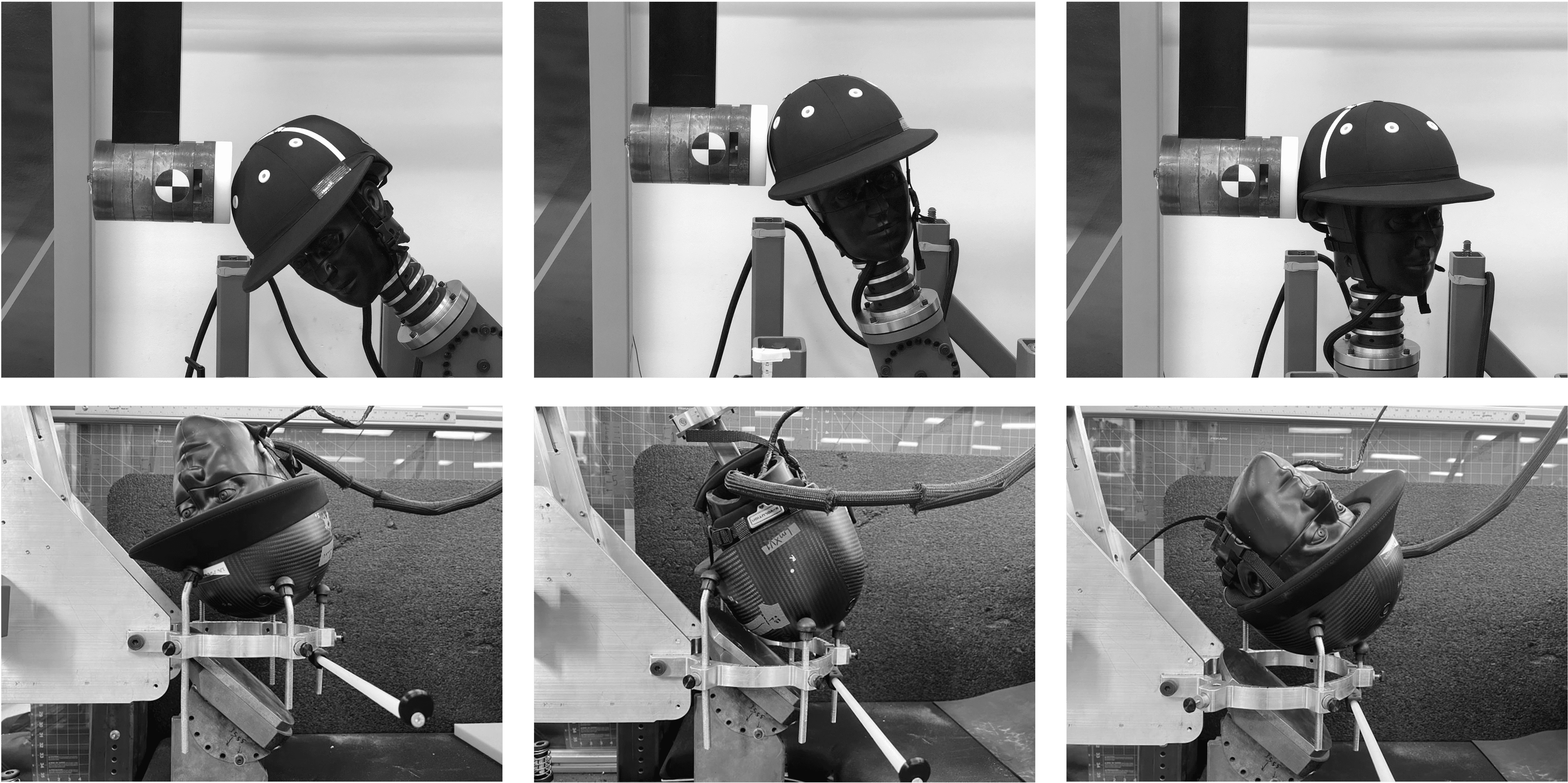
From these tests, we calculated peak linear and rotational resultant accelerations (PLA and PRA), and determined the concussion risk. Mean values and 95% confidence intervals were computed by impact speed across systems and locations.
Test Results
Linear Acceleration
The Charles Owen Sovereign and Casablanca NEU helmets produced the lowest average linear accelerations, while the La Martina Windsor and Armis Edge helmets produced the highest.
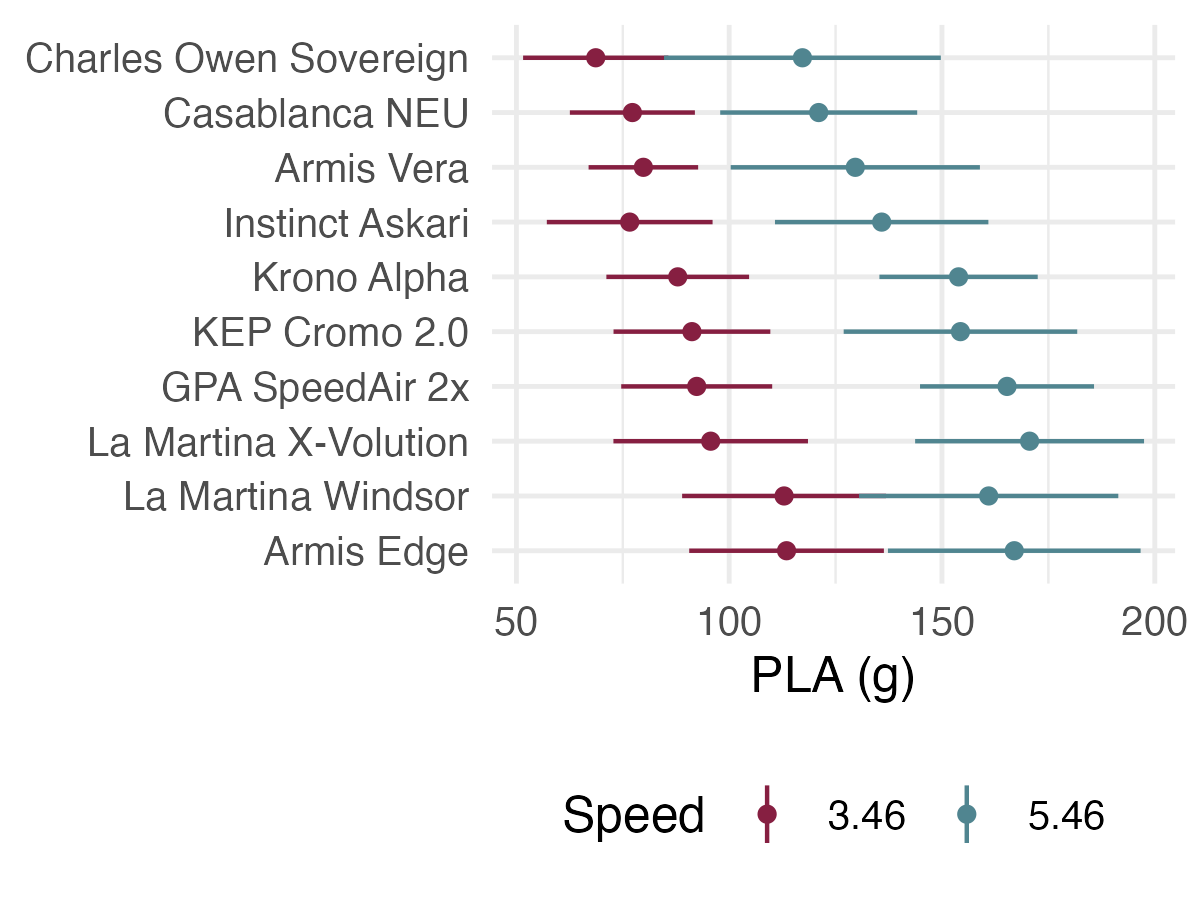
Rotational Acceleration
For rotational accelerations, the Instinct Askari and Charles Owen Sovereign helmets outperformed the others, with the Armis Edge and La Martina X-Volution helmets performing worst.
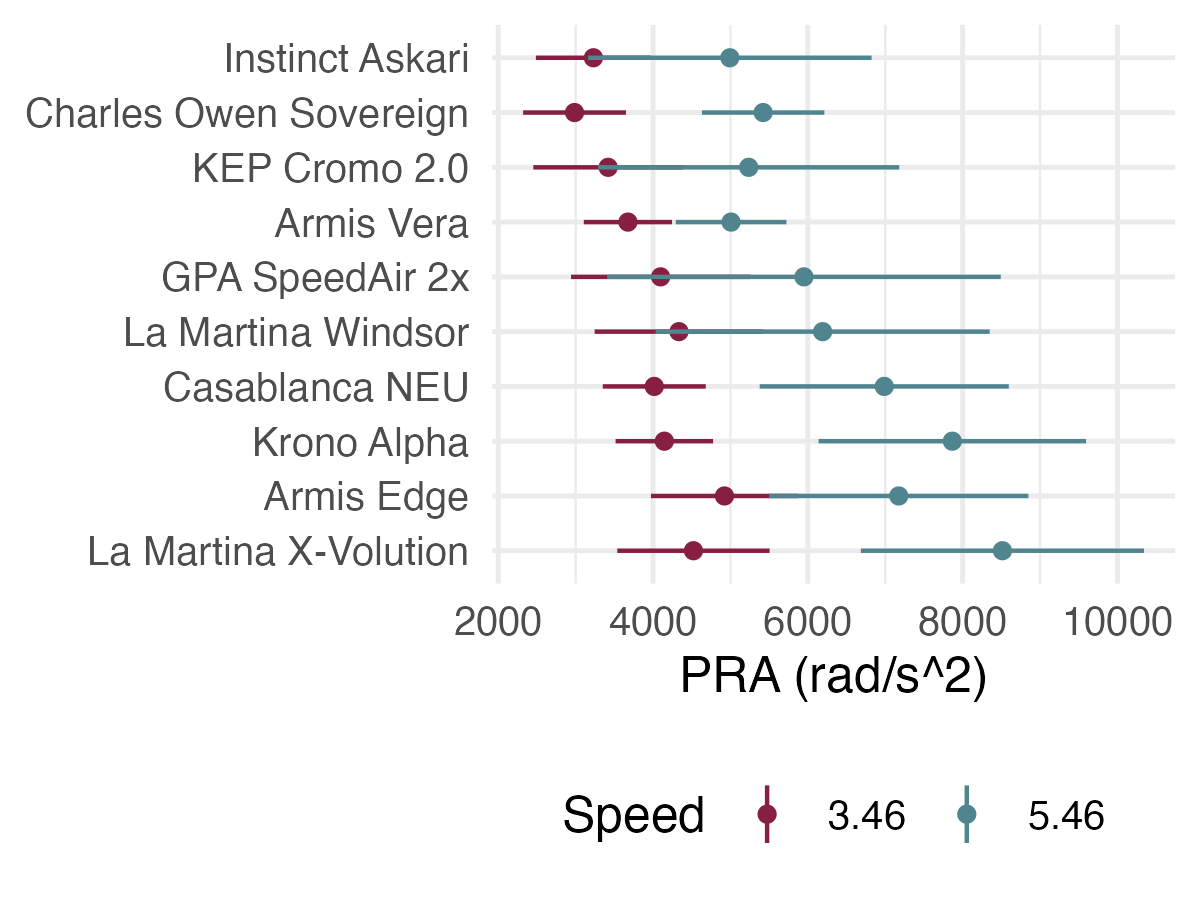
Concussion Risk
The Charles Owen Sovereign and Armis Vera helmets had the lowest average concussion risks, whereas the Armis Edge and La Martina X-Volution helmets recorded the highest.
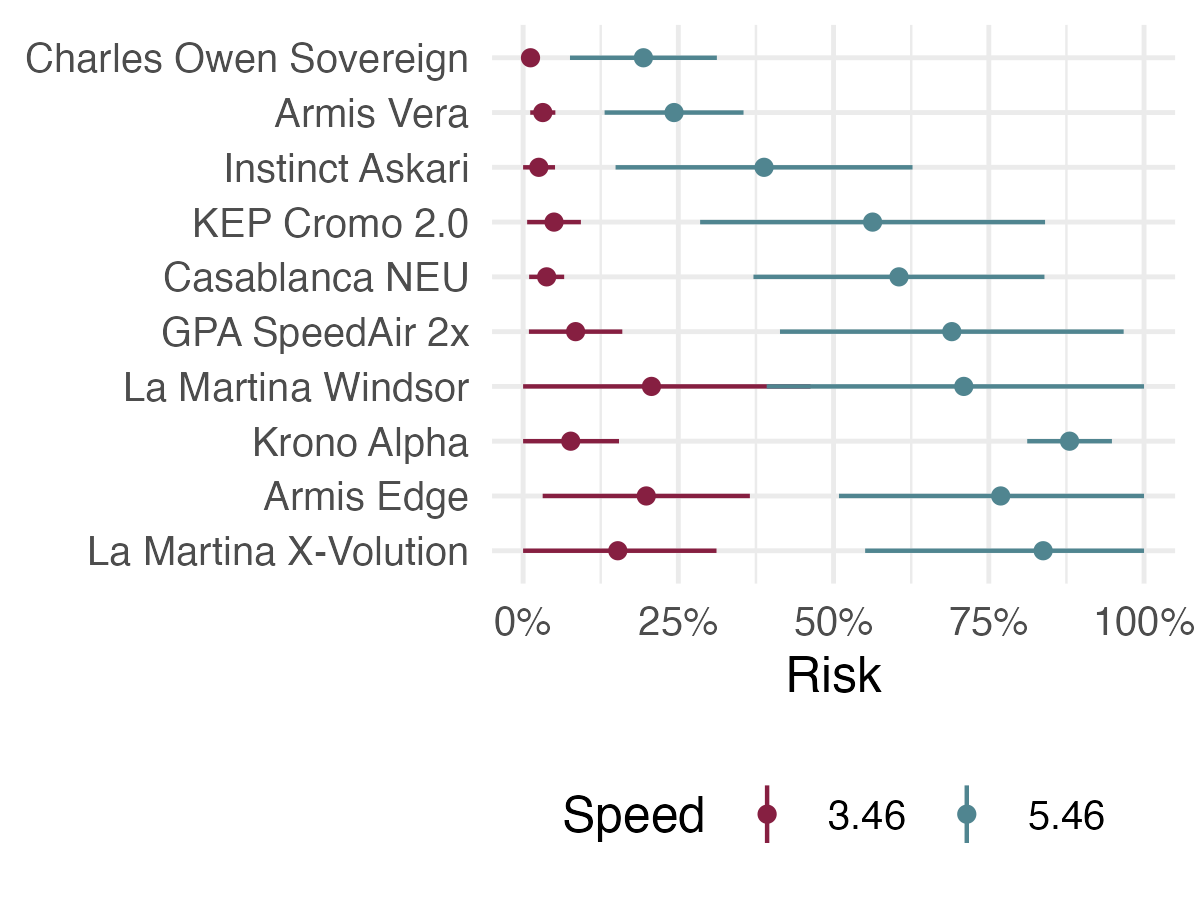
MIPS
The only helmet model with MIPS technology tested was the Armis Edge. Its performance under linear and rotational acceleration varied between the two test systems. However, due to the limited sample size, we cannot draw a definitive conclusion about the effect of MIPS on helmet performance across different systems.
NOCSAE Certification
Helmets with NOCSAE certification outperformed those without, demonstrating lower linear and rotational accelerations. The NOCSAE-certified helmets also exhibited a 55% relative risk reduction in terms of concussion risk.
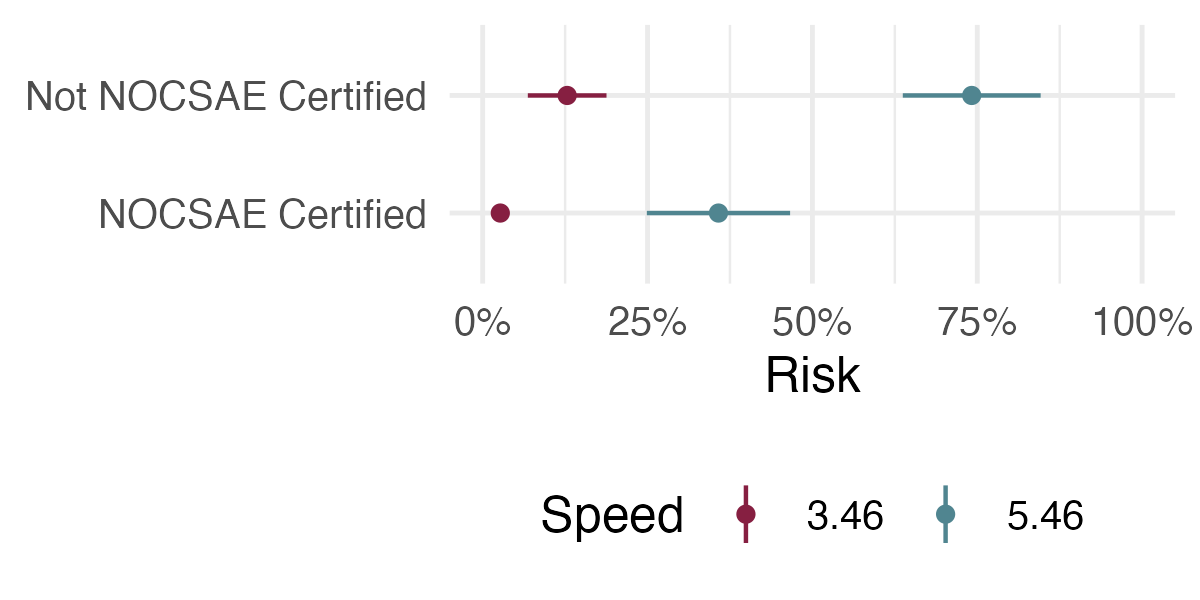
Summary
This evaluation tested 10 polo helmet models under various rotational loading conditions. While responses differed across systems, there was some consistency in the rank order of helmet models, particularly in terms of linear acceleration. Significant acceleration differences translated to even larger variations in concussion risk across helmet models.
The key findings from this study indicate that NOCSAE-certified helmets outperformed those without certification, and that both rotational test systems identified the same top performers in terms of concussion risk.